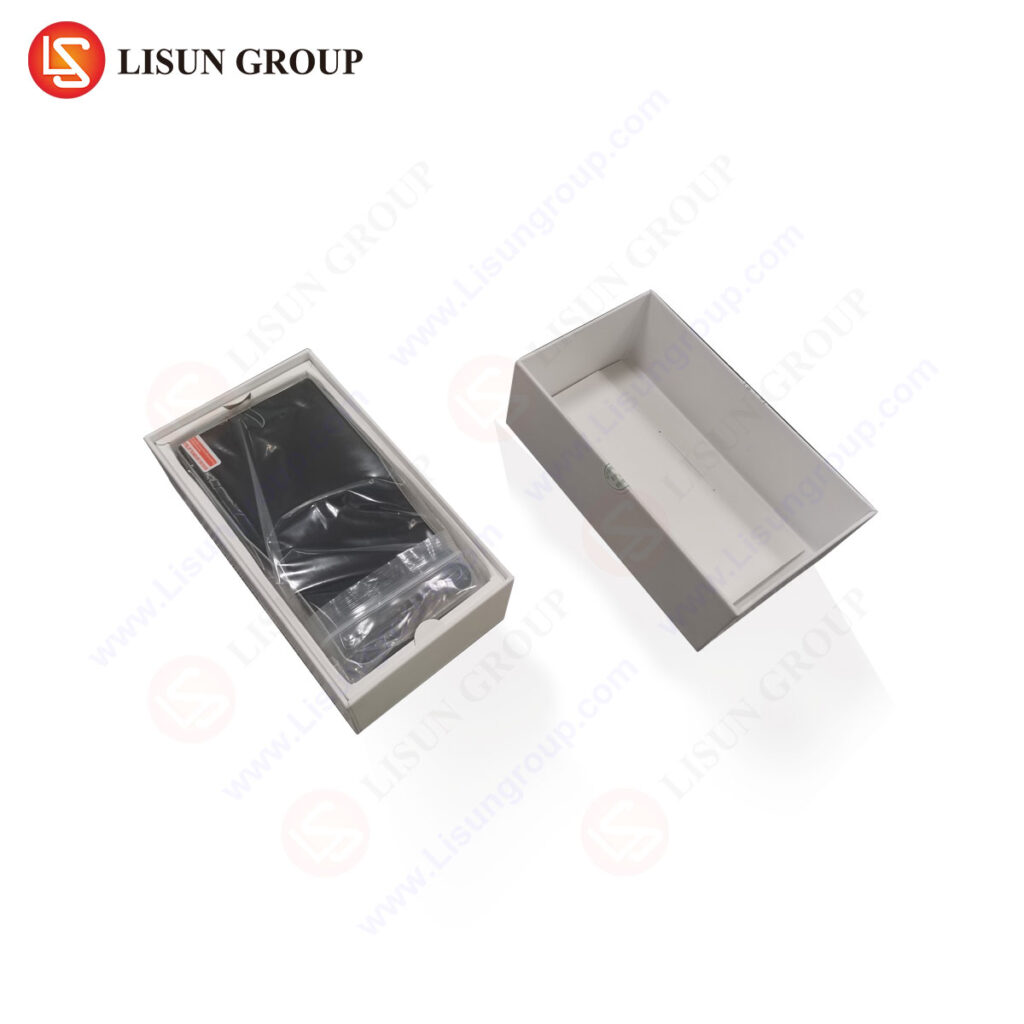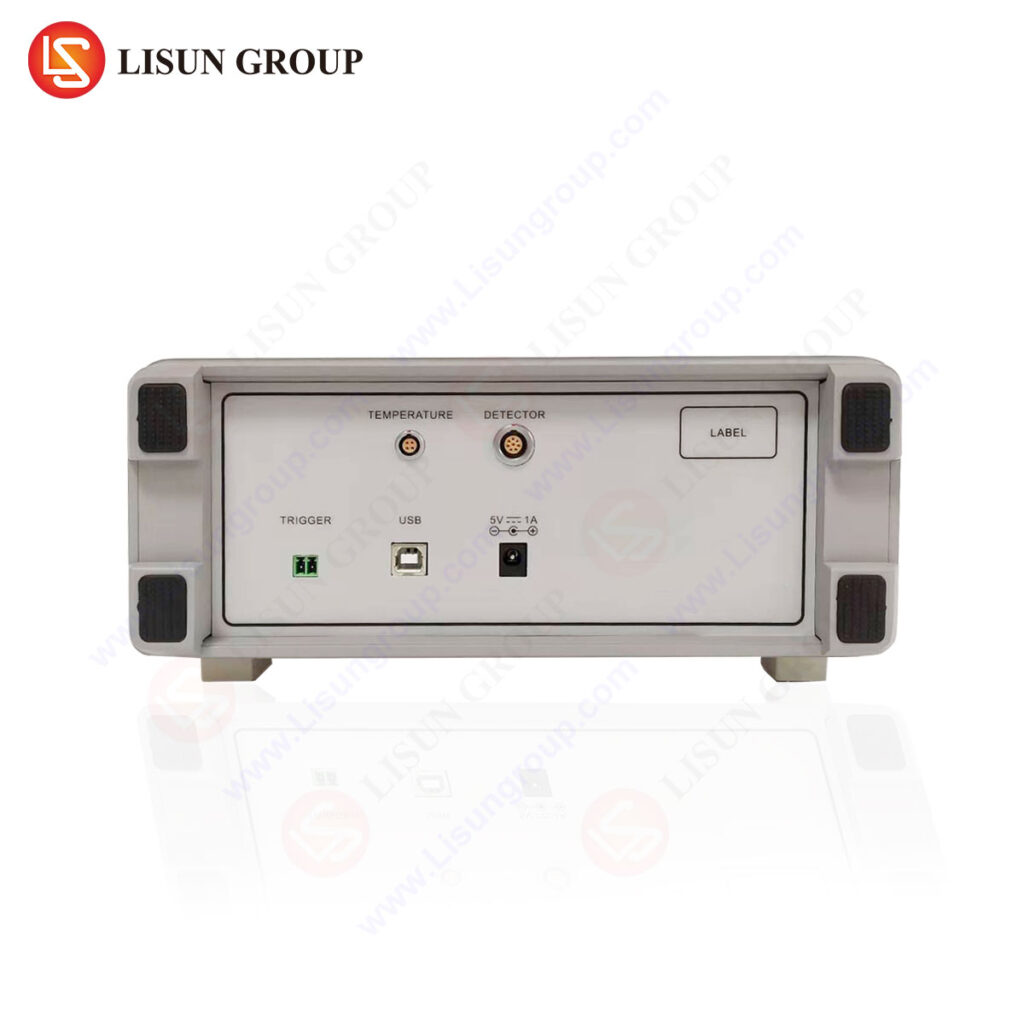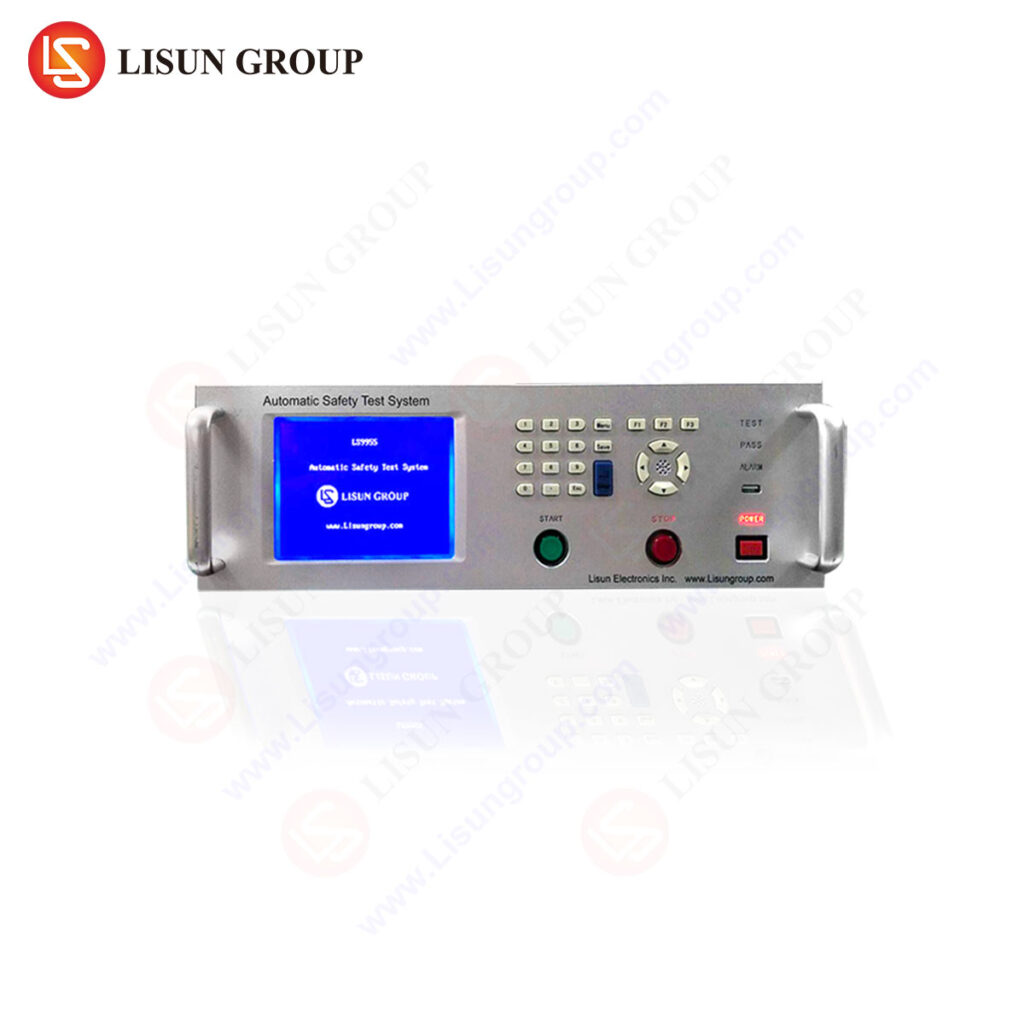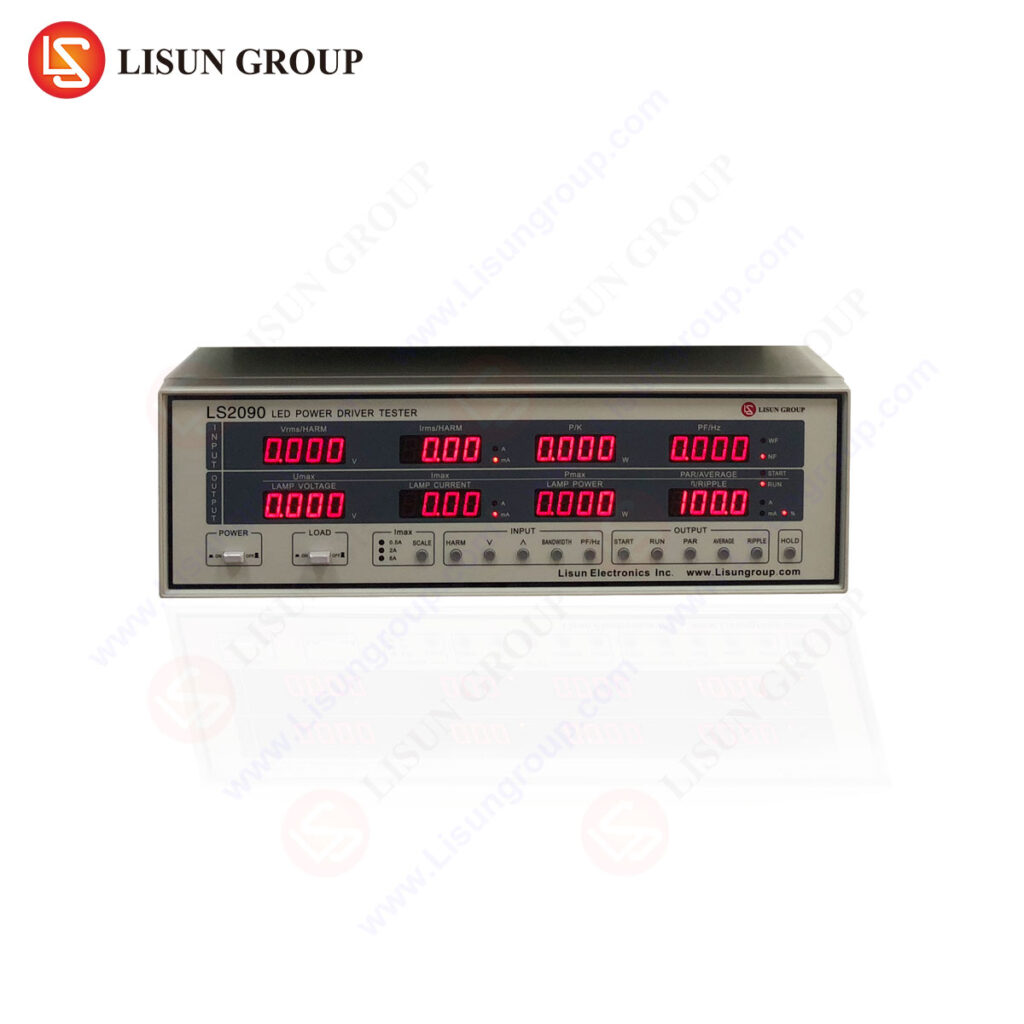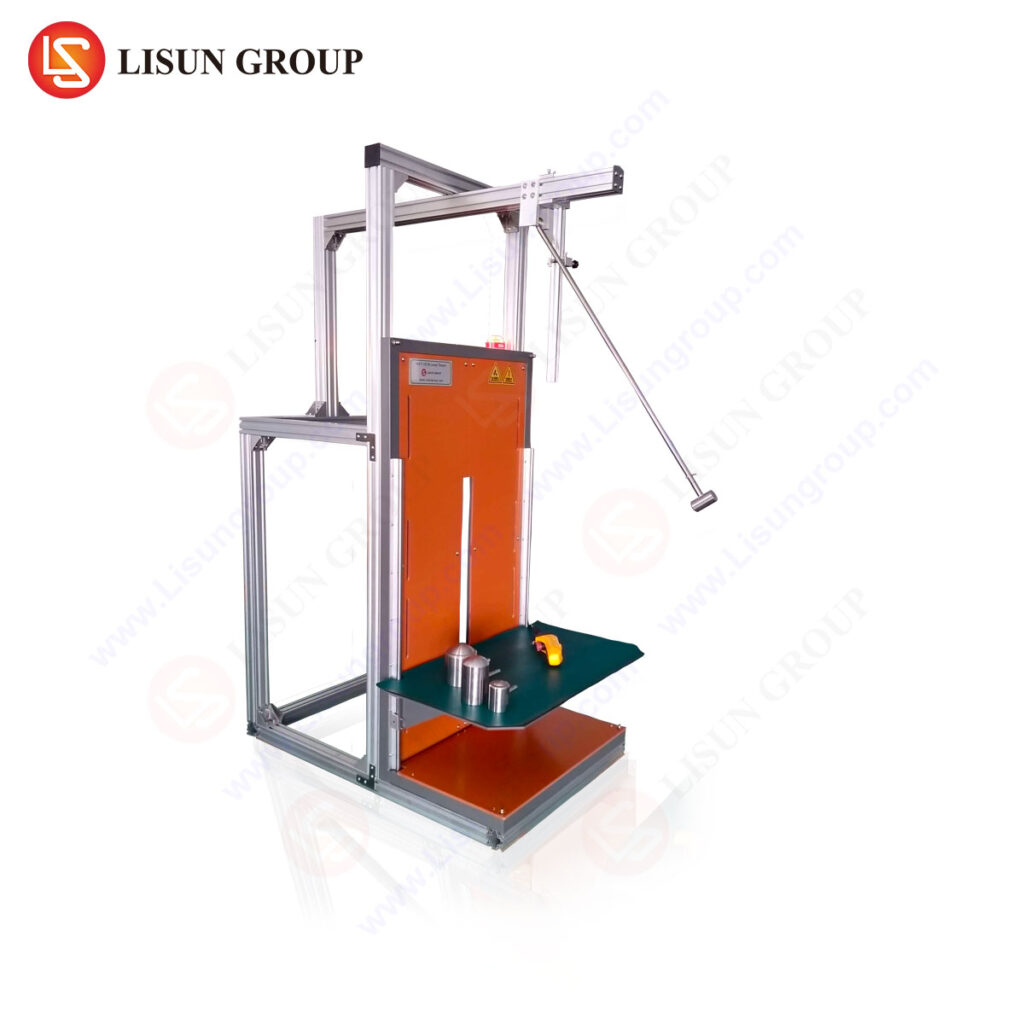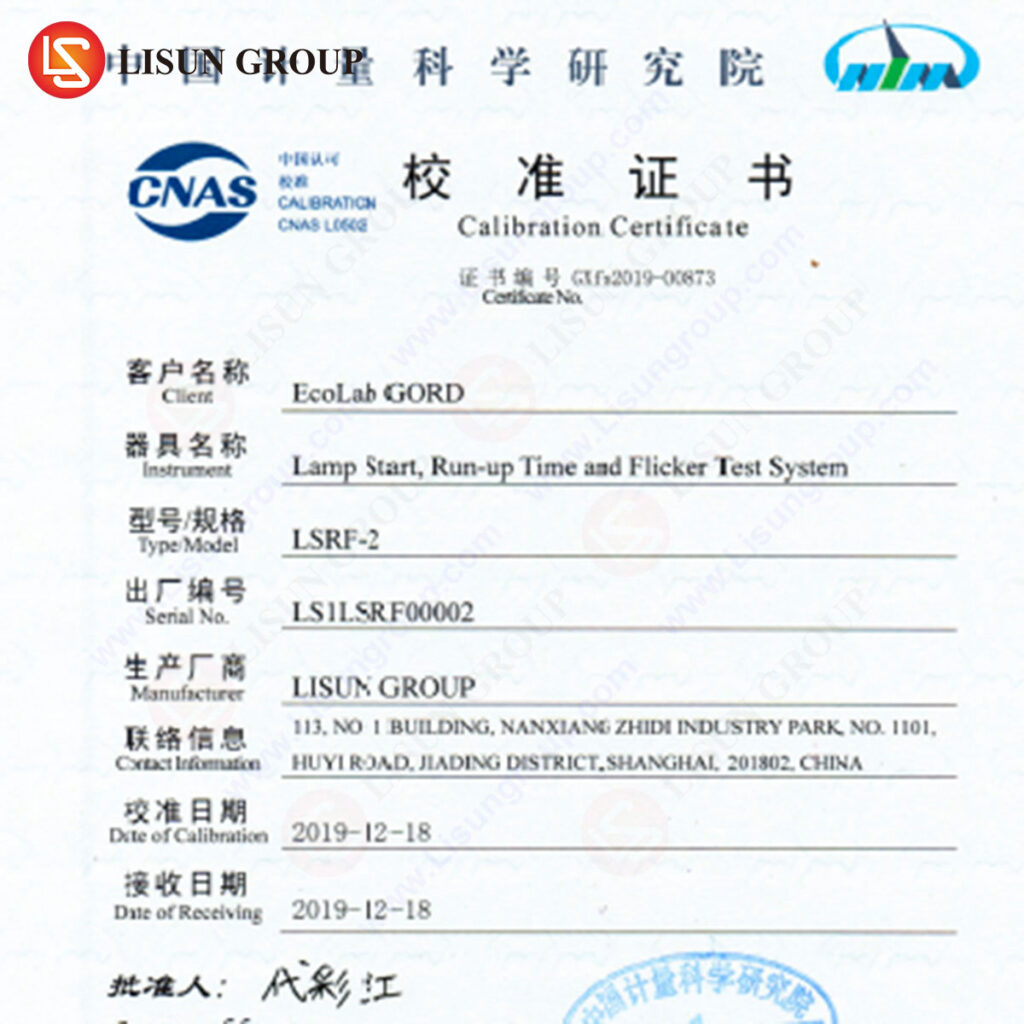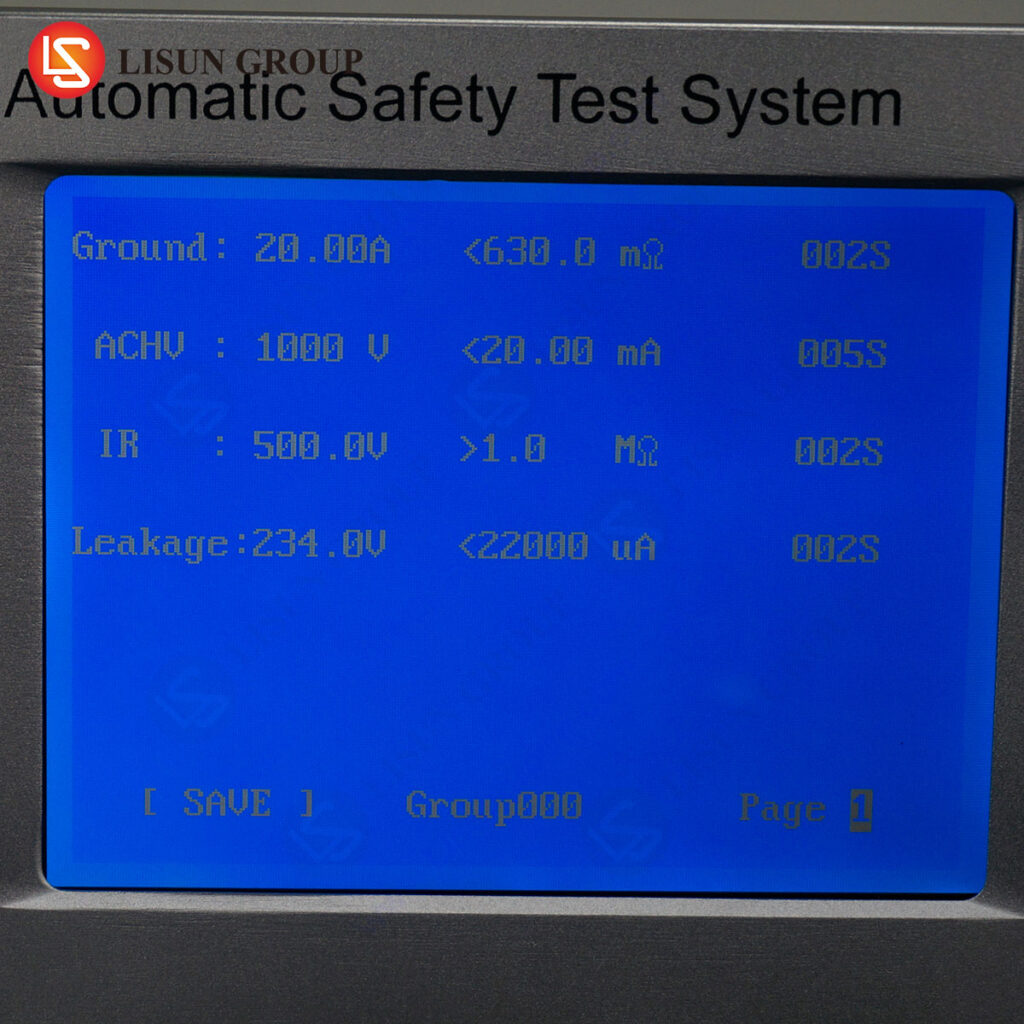Introduction to Maximizing LED Performance with Spectroradiometer Systems to Test LED Luminaires
LED luminaires are becoming increasingly popular in the lighting industry due to their energy efficiency and long life. However, in order to ensure that LED luminaires are performing optimally, it is important to test them with a spectroradiometer system. spectroradiometer systems measure the spectral power distribution of light sources, allowing for accurate and reliable testing of LED luminaires. This article will discuss the importance of using spectroradiometer systems to maximize LED performance and the benefits of doing so.
What is a spectroradiometer system?
A spectroradiometer system is a device used to measure the spectral power distribution of light sources. It is composed of a light source, a detector, and a spectrometer. The light source is typically a lamp or LED, and the detector is typically a photodiode or photomultiplier tube. The spectrometer is used to measure the intensity of light at different wavelengths. This allows for accurate and reliable testing of LED luminaires.
Benefits of Using a Spectroradiometer System to Test LED Luminaires
Using a spectroradiometer system to test LED luminaires has several benefits. First, it allows for accurate and reliable testing of LED luminaires. This ensures that the luminaires are performing optimally and that they are meeting the desired specifications. Additionally, spectroradiometer systems can be used to measure the color temperature of LED luminaires, which is important for ensuring that the luminaires are producing the desired color of light. Finally, spectroradiometer systems can be used to measure the luminous efficacy of LED luminaires, which is important for ensuring that the luminaires are producing the desired amount of light.
Maximizing LED Performance with Spectroradiometer Systems
Using a spectroradiometer system to test LED luminaires is an important step in maximizing LED performance. By accurately measuring the spectral power distribution of LED luminaires, it is possible to ensure that the luminaires are performing optimally and that they are meeting the desired specifications. Additionally, spectroradiometer systems can be used to measure the color temperature and luminous efficacy of LED luminaires, which is important for ensuring that the luminaires are producing the desired color and amount of light.
Conclusion
Spectroradiometer systems are an important tool for maximizing LED performance. By accurately measuring the spectral power distribution of LED luminaires, it is possible to ensure that the luminaires are performing optimally and that they are meeting the desired specifications. Additionally, spectroradiometer systems can be used to measure the color temperature and luminous efficacy of LED luminaires, which is important for ensuring that the luminaires are producing the desired color and amount of light.
FAQs
Q: What is a spectroradiometer system?
A: A spectroradiometer system is a device used to measure the spectral power distribution of light sources. It is composed of a light source, a detector, and a spectrometer. The light source is typically a lamp or LED, and the detector is typically a photodiode or photomultiplier tube. The spectrometer is used to measure the intensity of light at different wavelengths.
Q: What are the benefits of using a spectroradiometer system to test LED luminaires?
A: Using a spectroradiometer system to test LED luminaires has several benefits. First, it allows for accurate and reliable testing of LED luminaires. This ensures that the luminaires are performing optimally and that they are meeting the desired specifications. Additionally, spectroradiometer systems can be used to measure the color temperature of LED luminaires, which is important for ensuring that the luminaires are producing the desired color of light. Finally, spectroradiometer systems can be used to measure the luminous efficacy of LED luminaires, which is important for ensuring that the luminaires are producing the desired amount of light.

